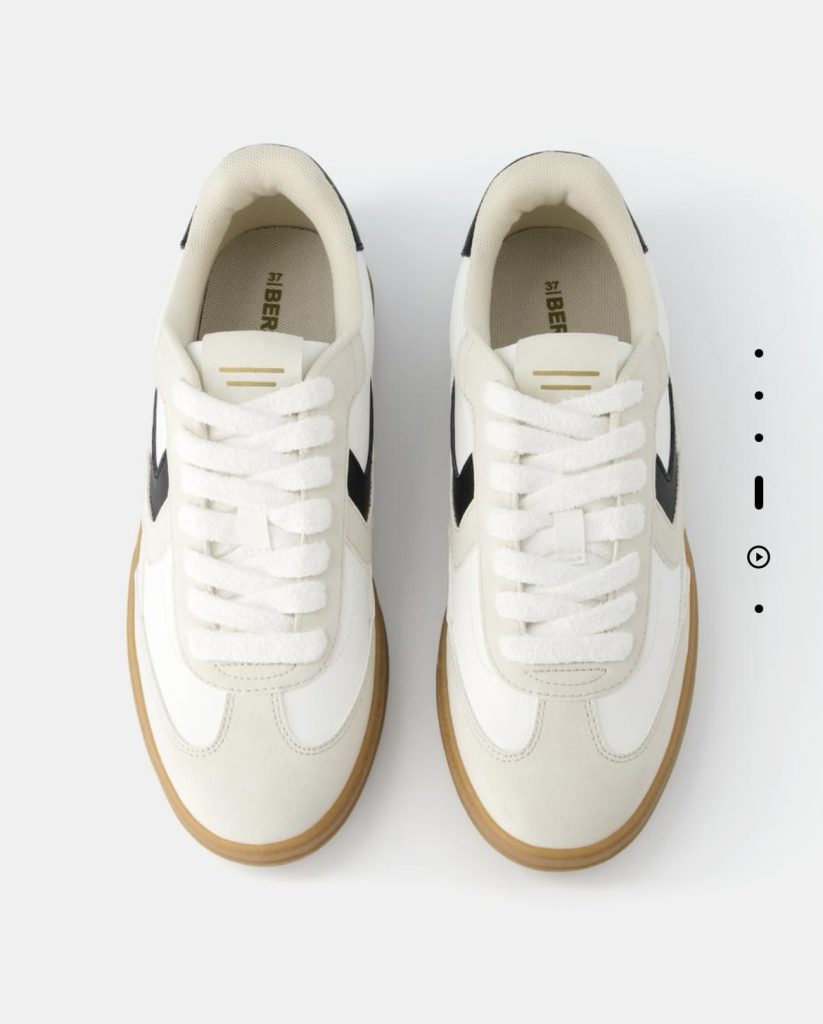Shopping experience has evolved dramatically over the last decade, with e-commerce and mobile apps taking center stage. One of the latest innovations shaping the industry is Augmented Reality, a technology that allows users to superimpose digital objects into their real-world surroundings through their smartphones or AR devices.
Brands like Bershka have already begun integrating AR into their shopping experience. Their app, for example, offers users the ability to virtually try on shoes using their phone cameras. This feature aims to reduce uncertainty in online shopping by giving customers a clearer understanding of how products will look and fit in real life.

To get a better idea of how people feel about AR in retail, we surveyed international students about their experiences with AR shopping tools and their interest in using them. They shared their thoughts and rated different aspects of AR, giving us insight into what works well and what still needs improvement.
Consumer Interest and Adoption

Survey results indicate that a majority of respondents view AR as a promising technology for retail. Many participants rated their interest in AR shopping experiences positively, signaling growing acceptance. However, responses also revealed some skepticism, particularly regarding the accuracy of AR representations.
Interestingly, while most respondents reported having used AR in some form such as gaming, social media filters, or interactive experiences a significant portion had never used AR for online shopping. This suggests that while AR is a familiar technology, its application in retail is still developing and may require further awareness and adoption efforts.
To assess AR’s accuracy in online shopping, a video comparison was recorded, testing the Bershka AR try-on feature against the real shoe. The footage highlighted both the strengths and limitations of the technology, showing that while the AR model closely resembled the real shoe, slight discrepancies in size and texture were observed. This experiment reflects some of the concerns raised in the survey regarding how accurately AR represents products.
Survey respondents highlighted several key benefits of augmented reality in retail, emphasizing its potential to enhance the shopping experience. Many found virtual try-ons particularly useful for shoes and fashion items, suggesting AR could expand into clothing, accessories, and makeup. Enhanced product information was another major advantage, with participants expressing interest in using AR to instantly access product details, customer reviews, and styling suggestions. Additionally, AR-assisted store navigation received positive feedback, as shoppers saw it as a way to improve efficiency in physical stores. Some respondents also noted that combining AR with artificial intelligence could lead to personalized shopping recommendations, tailoring the experience to individual preferences.
Expanding AR in Retail and Beyond

Augmented reality isn’t just changing the game in fashion and footwear it’s transforming the way we shop across industries. Take IKEA, for example. Their Place app lets customers see exactly how a piece of furniture will look in their home before buying it. No more guessing if that couch will fit in the living room or if that bookshelf clashes with the walls. Just point your phone, scan the space, and instantly drop a true-to-scale 3D model of the furniture right into the room. It’s a seamless way to experiment with different styles, colors, and layouts without ever stepping foot in a store.
Challenges and Consumer Concerns

Survey respondents identified three main concerns regarding the use of augmented reality (AR) in shopping. The most common issue was that AR is not useful in their daily lives, with many consumers feeling that the technology does not provide enough value to justify regular use. This suggests that AR shopping features may still need to demonstrate clearer, everyday benefits to increase adoption. Another major concern was accessibility, as not everyone owns high performance devices capable of running AR applications smoothly, and some users feel that the technology is not widely available or user friendly. Finally, some respondents reported experiencing dizziness and discomfort while using AR, indicating that prolonged exposure or certain design elements may cause strain. Addressing these issues will be crucial in making AR a more practical and widely accepted tool for online shopping.
Conclusion
While AR probably won’t replace traditional shopping anytime soon, it’s definitely shaping up to be a useful tool in the retail world. It has the potential to make shopping more interactive and convenient, but whether people will fully embrace it as a standard feature or see it as more of a cool, but optional, extra is still up in the air. Some shoppers might love the idea of virtual try ons and interactive product displays, while others may still prefer the experience of seeing and trying things in person. Either way, AR is likely to play a bigger role in how we shop in the future.





